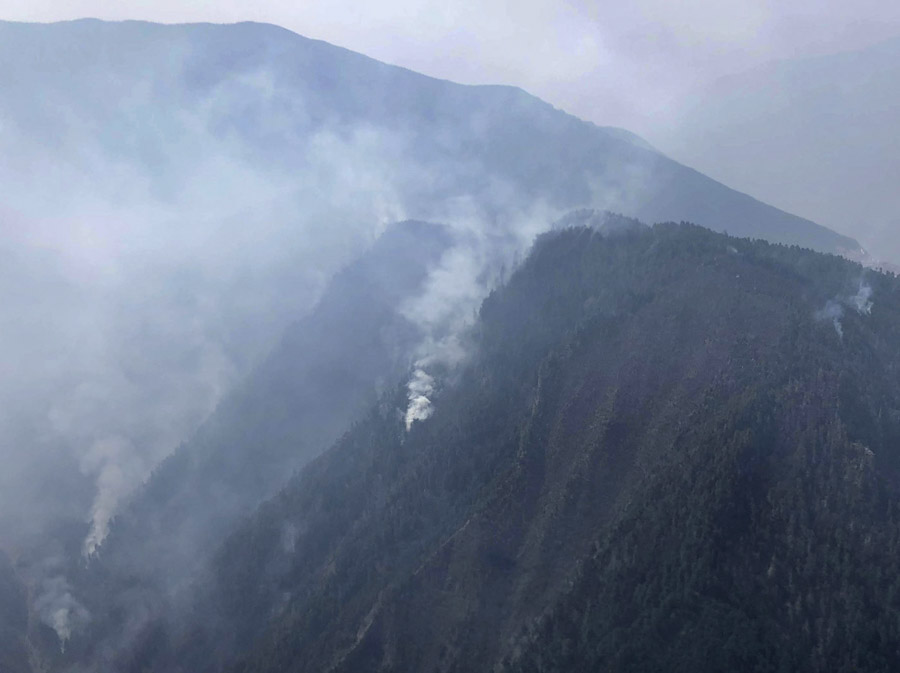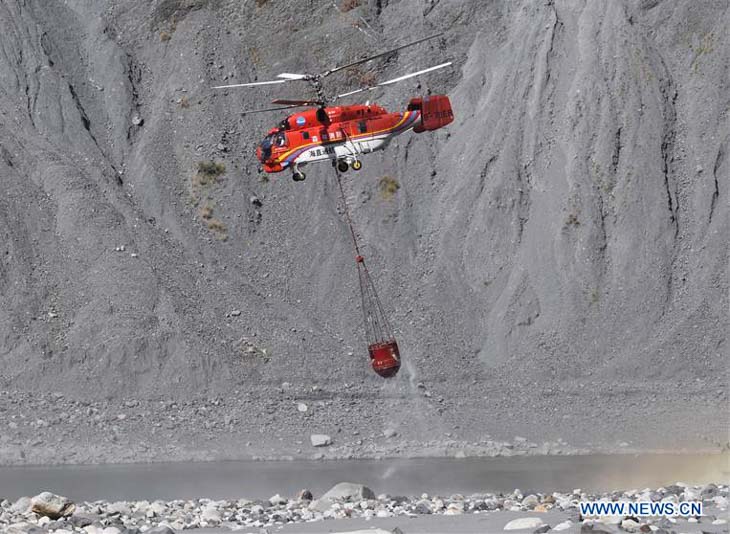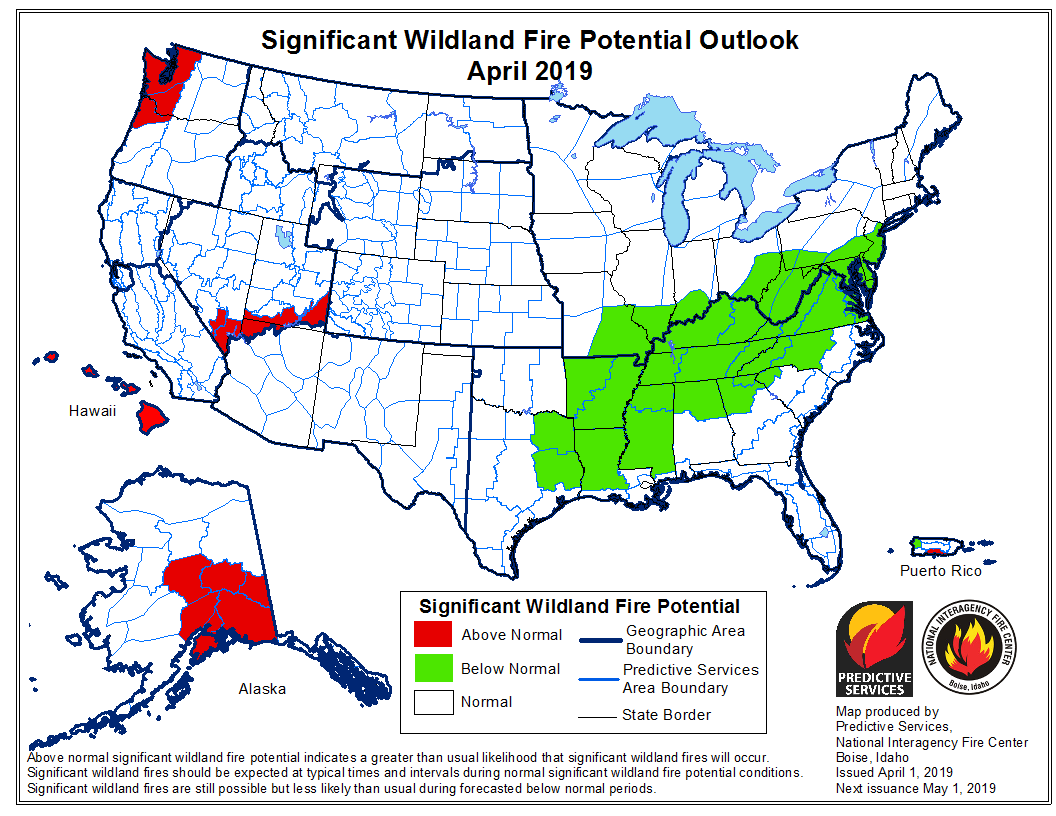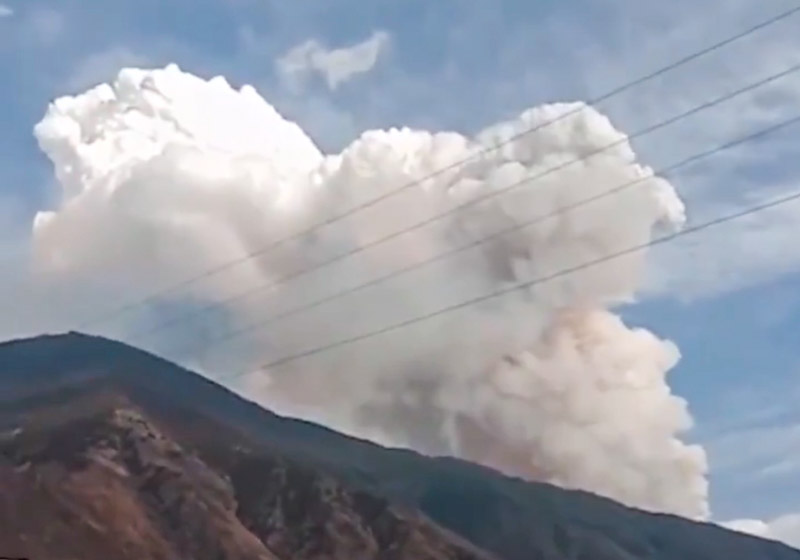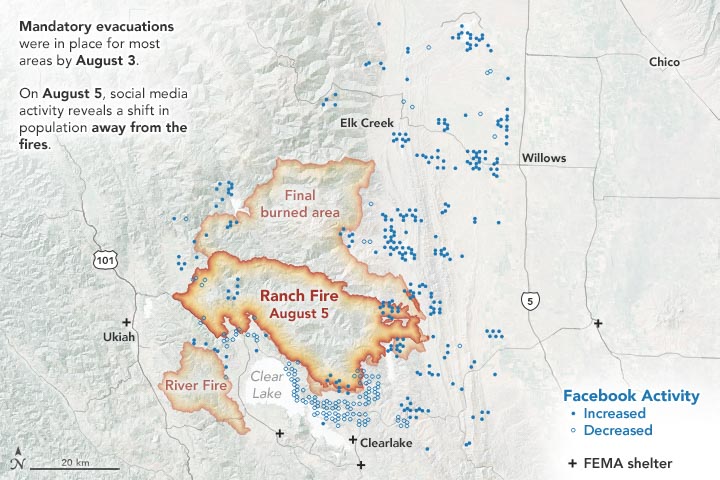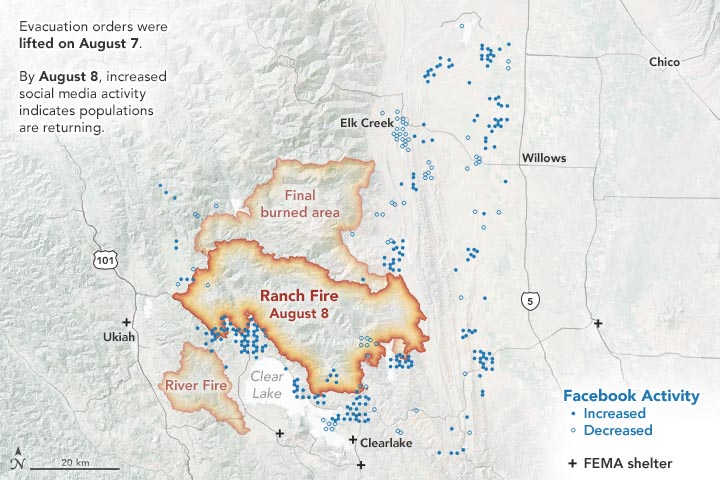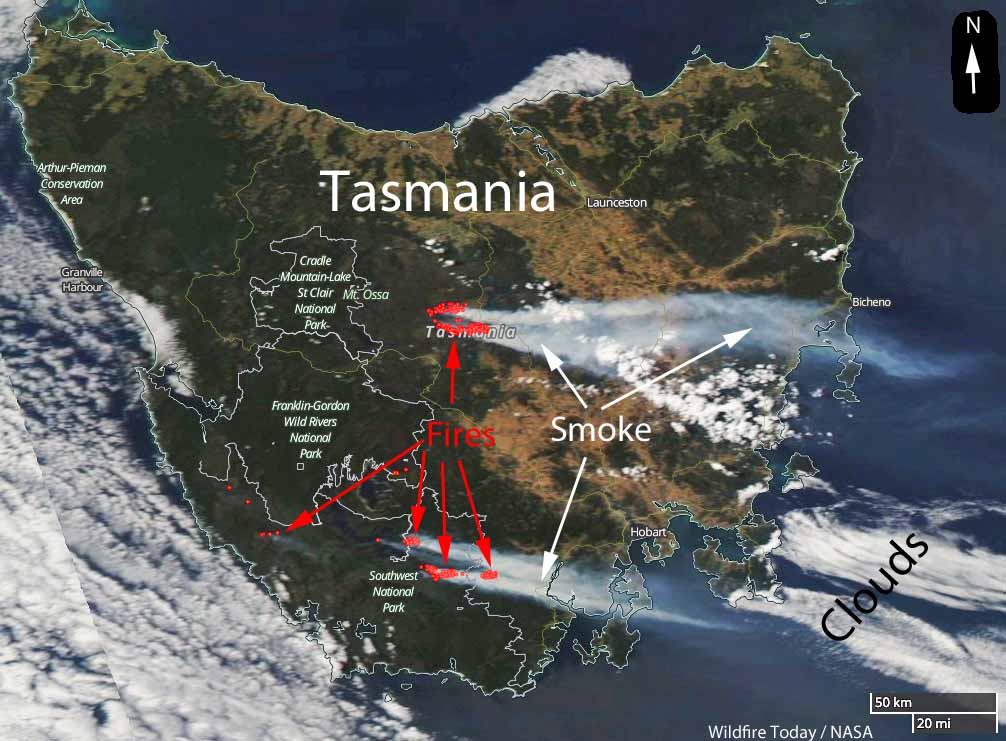
The government of Tasmania will be conducting an independent review of their 2018-2019 bushfire season which saw far more acres burned in the state than in an average year.
Below is the announcement issued March 30, 2019 by the Premier, Will Hodgman.
Today, the Tasmanian Government has released the Terms of Reference for the Independent Review into 2018-19 bushfires as a key part of the bushfire recovery process.
The review will consider the following matters:
- The causes, chronology and response of the 2018-19 bushfires in Tasmania on and following 28 December 2018.
- The effectiveness of community messaging and warnings.
- The timeliness and effectiveness of the fire response and management strategy, including accommodating the priorities of life, property, environmental and cultural values, and timber production and forest asset values by Tasmanian fire agencies.
- The impact and effectiveness of fuel management programs in the fire affected areas on the management and containment of the fires.
- The effectiveness of state, regional and local command, control and co-ordination arrangements, to include agency interoperability and the co-ordination of emergency management activities with government and non-government organisations.
- The effectiveness of the arrangements in place for requesting and managing interstate and international assistance and the significance of interstate and international assistance in managing the fires.
- The use and effectiveness of aviation firefighting resources, in particular, the suitability of aircraft types for the protection of environmental values, forest assets and the rural/urban interface in Tasmania.
- Any other matter that the Review team identifies in the course of its activities as warranting discussion.
- The Review team will provide a means for members of the public and other interested parties to make submissions to the Review and will have regard to any submissions received in compiling its report.
As previously announced, the Review will be chaired by Mal Cronstedt AFSM who will be joined on the Review team by;
- Guy Thomas – Director of Asset Services with the Queensland Parks and Wildlife Service.
- Paul Considine – Director of Capability and Assurance at Australasian Fire and Emergency Services Authorities Council.
Public submissions will be called for on 6 April 2019 and there will be a four week consultation period closing on 3 May 2019. Members of the public will be able to lodge formal submissions or make an appointment to talk in person or on the phone to the Review team.
The Terms of Reference and details of the Review will also be available on the Department of Police, Fire and Emergency Management’s website at www.dpfem.tas.gov.au
The final review is expected to be delivered to Government by July this year.
Thanks and a tip of the hat go out to Bean. Typos or errors, report them HERE.

